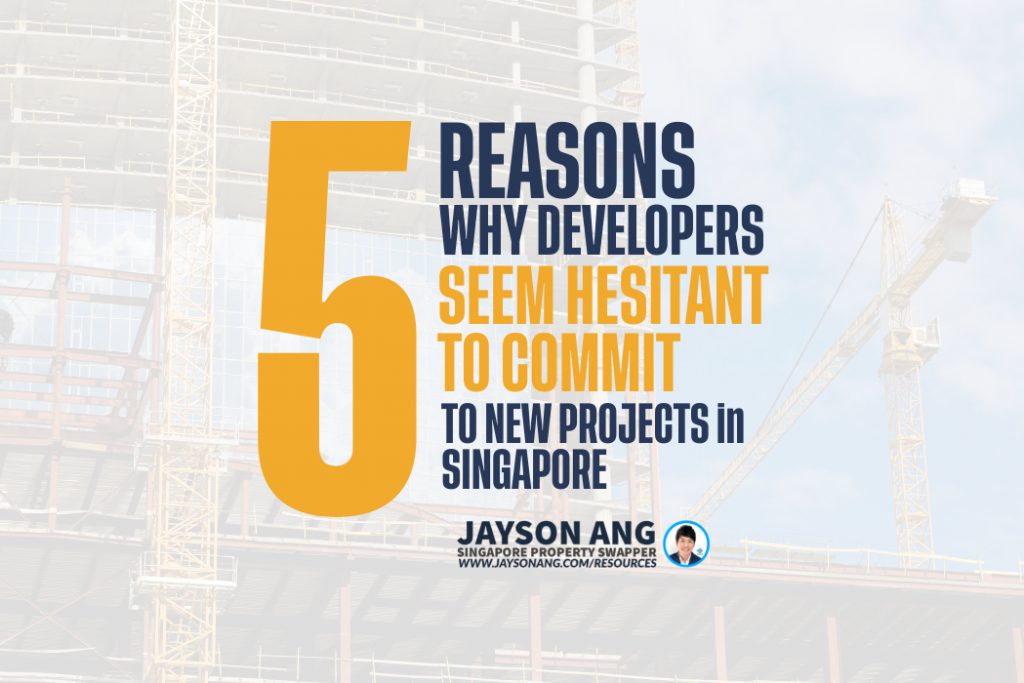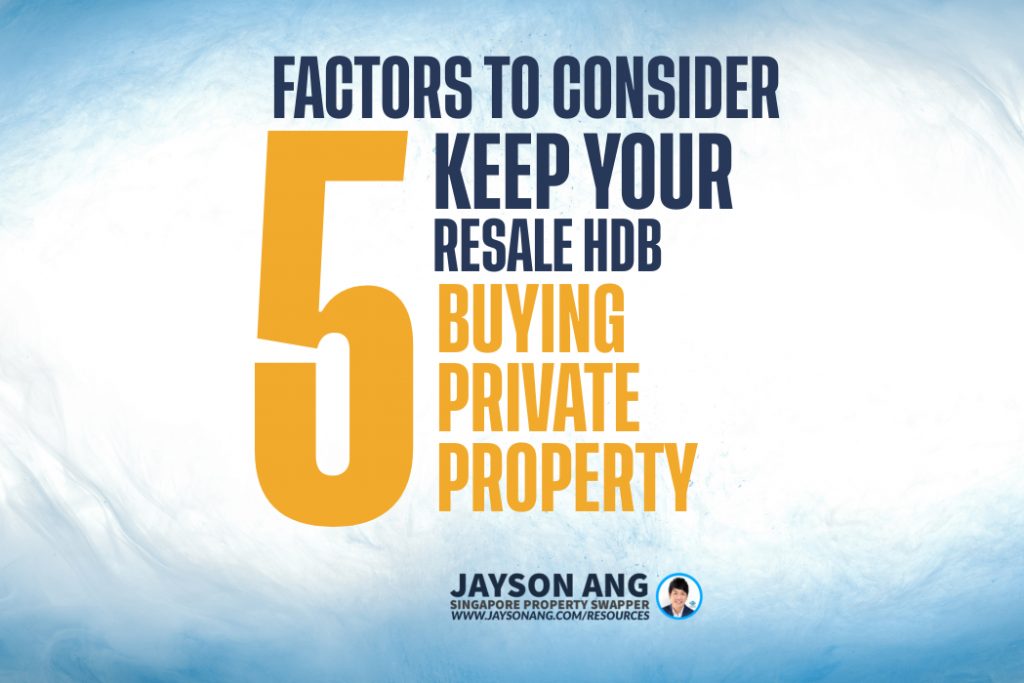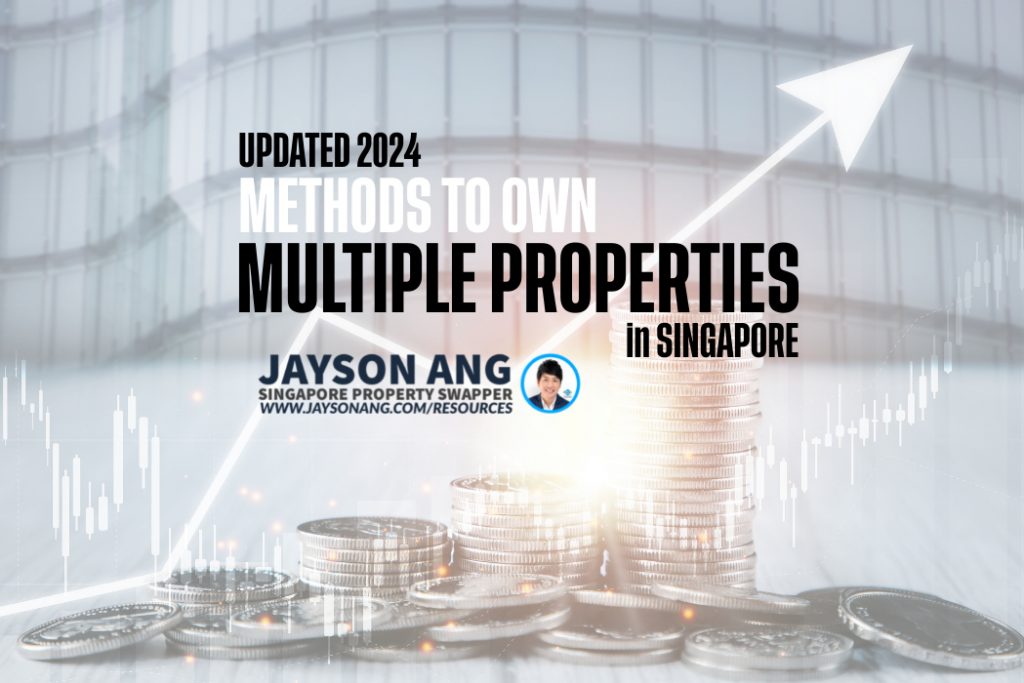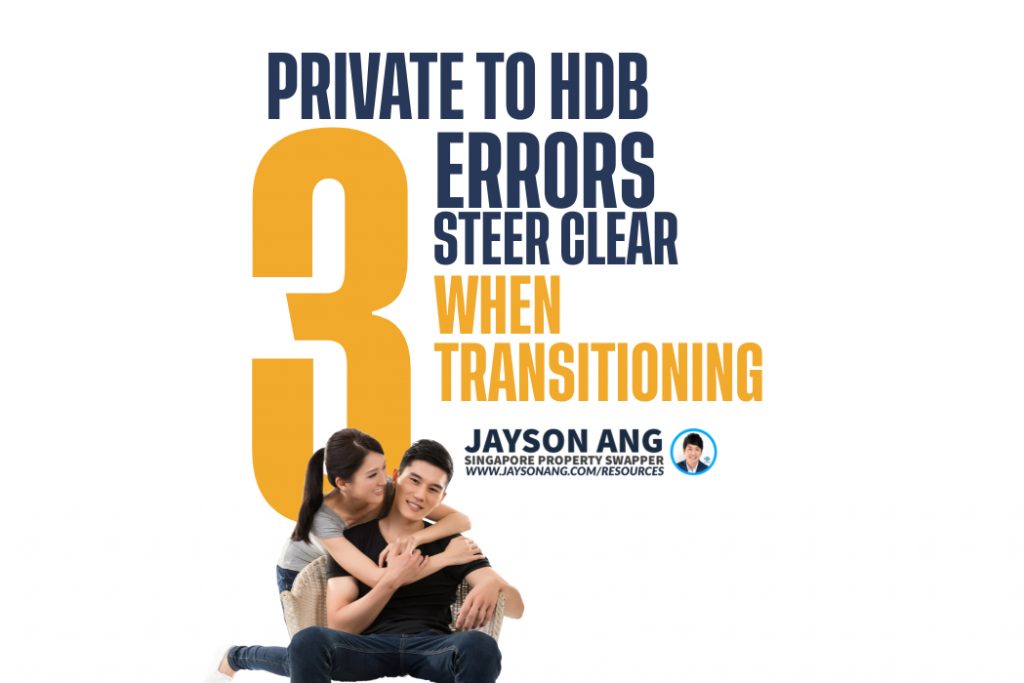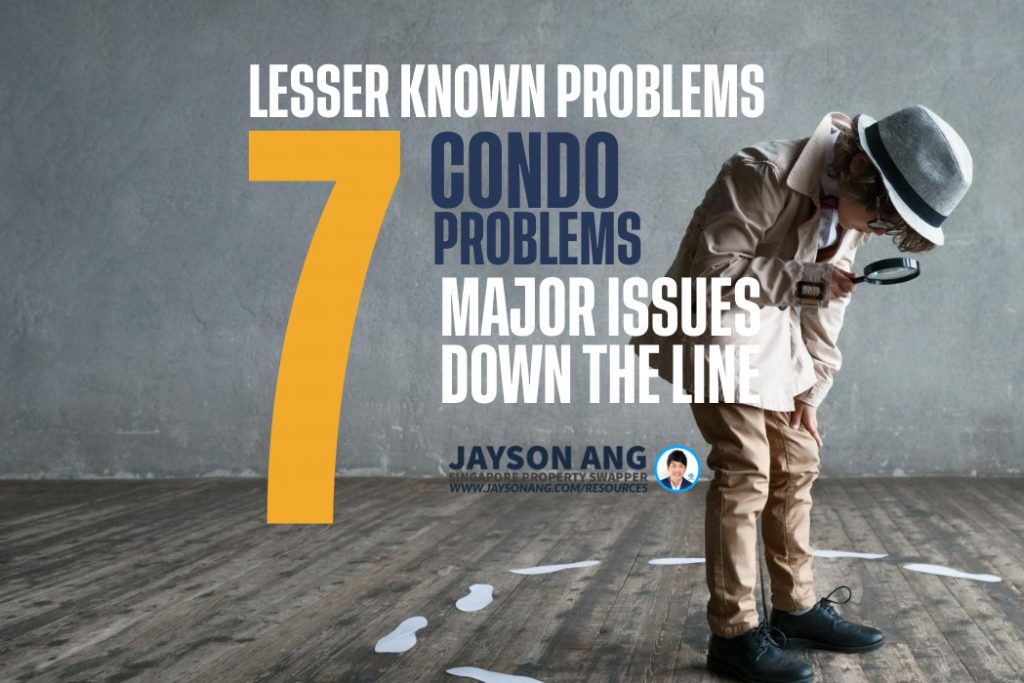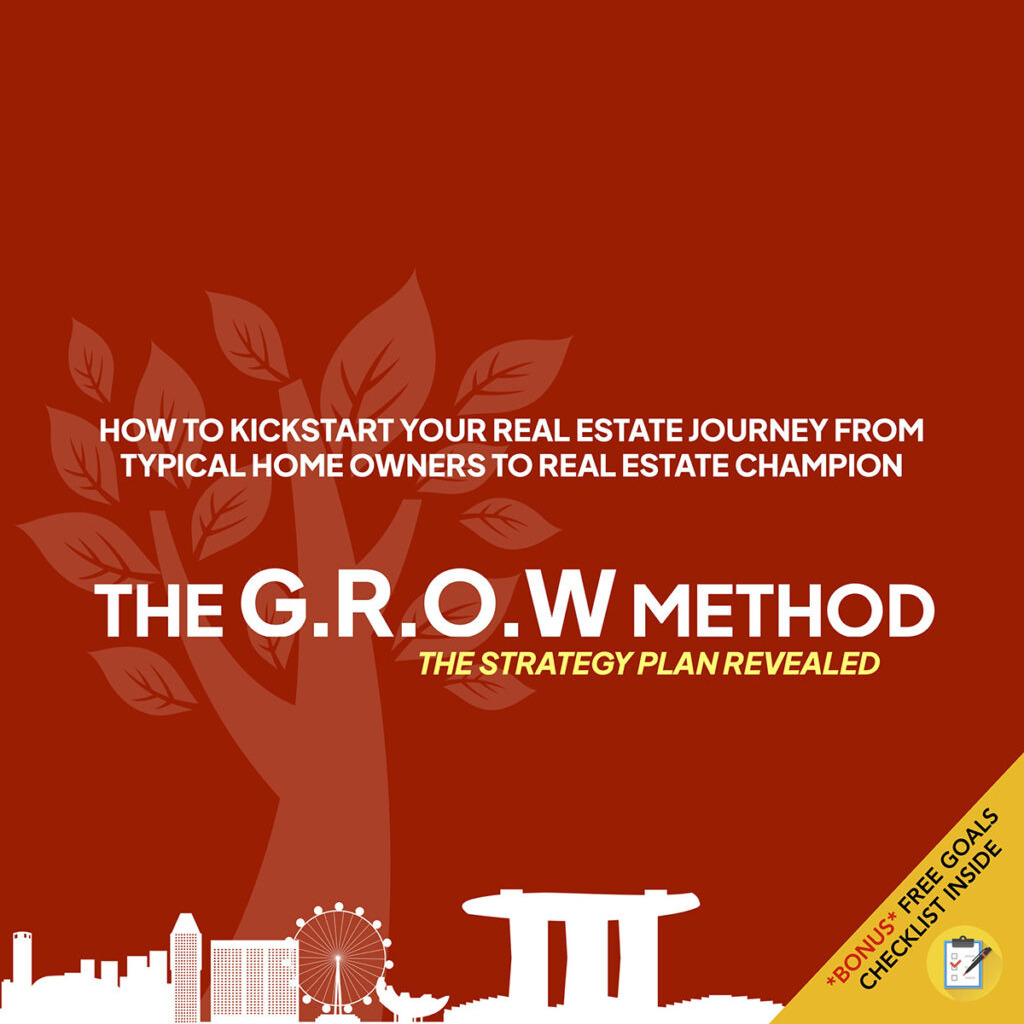TLDR
This blog post delves into various aspects of the Singapore property market, including topics such as decoupling, 99-1 property deals, lease timing, Executive Condominiums (ECs), fixed-rate home loans, reversionary leases, and mixed-use versus integrated developments. It also provides insights on buying, selling, and investing in real estate in Singapore. The post aims to clarify common misconceptions and offer practical advice for navigating the complexities of the real estate market.
As we cruise out of 2023, it seems like a few wonky ideas about our beloved property market are popping up. Some of these are fresh off the press while others seem to be leftovers from yesteryears. The recent whirlwind of changes and tweaks in the rules might be causing this confusion. Remember when IRAS decided to put the brakes on those sneaky 99-1 property deals? To help clear the fog, let’s tackle some of these misunderstood points or those that might have been fed to you with a twist!
“Decoupling and the ’99-1 Loophole’: Two Different Games in the Field!”
Heads up, guys! Recently, IRAS has been playing detective, tracking down buyers who’ve been pulling a fast one on them with the old 99-1 trick. This news caused quite the stir among some folks, particularly those who dodged ABSD with decoupling.
Now, don’t get your wires crossed. The two aren’t the same thing. The sneaky business IRAS is hunting involves buying a house, then passing just a tiny slice of it – 1% to be exact – to another buyer, someone who already owns a house. The ABSD due then only relates to that teeny 1%.
For instance:
Imagine Person A eyes a second property but balks at coughing up a 17% ABSD on the total price. So, she ropes in Person B to take the heat and buy the $1.5 million property.
Next, Person B hands over 1% of the property (worth $15,000) to Person A. Now, Person A is on the hook for 17% ABSD on just this $15,000. That’s a mere $2,550.
If Person A had bought the second property without this trick, she’d be staring at an ABSD of 17% of $1.5 million – a whopping $255,000.
Let’s be fair, though, not everyone played this game to dodge taxes completely. Some folks simply didn’t have the dough to secure a loan. By bringing in Person B, both owners could bag a bigger loan and pay a teeny-tiny ABSD. Quite the clever little workaround, huh?
Let’s talk about decoupling, not the science stuff, but something you might hear when buying a home.
Imagine this scenario: A couple purchases their first private house together. They agree to split ownership with one partner owning 99% and the other just 1%.
After some time, the partner with the smaller share gives it up completely. Now, they technically don’t own any properties. This allows them to purchase another house, all on their own, without any extra stamp duty. Nifty, right?
Now, don’t mix this up with another less straightforward way of doing things. In both cases, a property is purchased, and shares are transferred between partners. But in the less clear-cut version, one person buys the property first, then hands over a tiny 1% to the other.
This tends to happen more often with new properties coming onto the market.
So, when your real estate agent starts throwing around terms like ‘decoupling’ or ’99-1′, they’re not necessarily suggesting anything dodgy. If you’re unsure, though, it’s always a good idea to chat with your property lawyer before making any decisions.
“Lease Timing and TOP: A Common Mismatch, Nothing to Sweat About!”
Well, it seems like some folks are quite surprised to learn that their 99-year lease kicked off a couple of years before their condo was officially completed. Now, don’t get me wrong – this isn’t some shady deal, it’s pretty standard stuff.
Here’s the lowdown: the lease clock starts ticking from the moment the developer snags and tops up the land. Of course, they can’t whip up a condo overnight, so there’s going to be some time between when they get the land and when you get your keys.
Usually, we’re talking about a two to three-year timeframe (although with all the speed bumps caused by Covid-19, it could be longer). But don’t sweat it – this little gap doesn’t really put a dent in your wallet or mess with your resale plans.
“Untangling the Mystery: ECs and MOP Demystified!”
The nitty-gritty of regular flats, including PLH ones, can be a bit complicated because they’re under this thing called the Minimum Occupancy Period (MOP), regardless if you’ve picked them up as resale flats.
Here’s a fun fact, a bunch of folks still aren’t in the loop that resale Executive Condominiums (ECs) have absolutely no MOP. Yep, you heard that right! Once you buy them, you can flip them anytime you want (keep in mind though, Sellers Stamp Duty is still a thing). Plus, if you fancy, you can buy an entire EC unit and rent it out immediately.
There’s also this common mix-up where people think privatisation and the end of the MOP are one and the same – spoiler alert, they’re not. Here’s how it goes: ECs become completely privatised after a decade, but the MOP would have already been done and dusted by year five.
So, what’s the difference between a privatised EC and an EC fresh out of MOP? Well, the privatised EC has the bonus of being sellable to any entity or foreigner without any strings attached.
“Your Fixed-Rate Home Loan: Not So ‘Fixed’ After All!”
Just wanted to clear up a common misunderstanding about home loans. You know some folks reckon that once they’ve bagged a fixed-rate loan, they’re immune to any future interest rate increases.
Well, let’s set the record straight on that one. This sort of financial safety net only lasts for a certain time frame. So far, there’s no such thing as an eternally fixed-rate home loan. The usual deal is that rates stay put for about three to five years. So, even if you’re all in for fixed rates, plan ahead and be ready to refinance down the line.
Ever heard of buyers who’ve stuck with fixed rates “through thick and thin”? Usually, this means they’re continually switching from one fixed-loan package to another. But remember, there’s always a chance of interest rates going up, especially if all fixed-rate packages are higher when it’s your turn to refinance.
In days gone by, we had some unusually long fixed rate packages — like POSB’s eight-year fixed rate for flats. But those are pretty much extinct now, thanks to 2023’s rising interest rates.
Here’s a heads up: there may be times when fixed-rate home loans aren’t on the table, especially when interest rates are climbing. Like during the latest surge, fixed rates were sometimes only available for 1-2 years, or not at all, so keep that in mind.
Some leases that go up to 99 years or sometimes even 101 or 104 years might be what’s called reversionary leases.
Picture this: the land could be freehold, meaning it’s owned by someone else who just rents it out for a certain period. When the lease is up, guess what? Yep, it goes back to the real owner. And here’s a fun fact, the land under your swanky condo might just be secretly owned by property developers who didn’t even build the darn thing!
Now, here’s a bummer – if you own one of these condos, you might find yourself in a pickle. These types of leases often put a damper on successful group sales. Imagine if your condo land is owned by a developer, they might not exactly be thrilled to let another developer build on it.
Of course, all these juicy details need to be shared, but we’ve noticed that not many people ask about this when they’re touring show flats. And let’s not even get started on how rare it is for sales teams to actually spill the beans on their own accord.
6. Mixed-use is not the same as integrated
About mixed-use and integrated developments. They sound similar, but they’re pretty different if you look closer. Some folks might even think that the term “mixed-use” has a bit of a bad rep unless we’re talking about a really well-known developer.
Imagine “mixed-use” as a label for any space where at least 40% of it is used for business. It’s a broad term, so places like Orchard Residences on top of Ion Orchard, People’s Park Complex, or even Orchard Towers can be called mixed-use.
The interesting part? The value of that “mixed” bit can differ greatly depending on the project and the developer’s street cred. A top-notch developer will usually make sure everything fits perfectly, like having a supermarket or a food court in the mix.
Now, integrated developments are a whole other ball game. They’re not just places with a few shops. These developments could have a direct link to transport hubs like an MRT station, or they might include public facilities like libraries or healthcare centers.
These spaces tend to cost more, and people generally view them positively. After all, it’s unlikely that any shoddy projects would be allowed to connect to crucial civic or transport facilities. Plus, only the big-league developers can tackle these kinds of projects.
If you’re scratching your head over some terms or conditions, or if something doesn’t quite add up, just drop a comment below or hit me up for some clarity. We’ll keep you clued in on the latest buzz in the Singapore private property scene.
Should You Buy, Sell or Wait?
If you’re reading this, you must be trying to figure out the best course of action right now: is it the right time to buy or sell?
It’s difficult to give an exact answer since everyone’s situation is unique and what works for one person may not necessarily work for you.
I can bring you a wealth of on-the-ground experience and a data-driven approach to provide clarity and direction. From beginners to experienced investors, our top-down, objective approach will help you on your real estate journey.
I can help you by:
- Offering Strategic Real Estate Advice – I can help create a comprehensive plan to guide you through your property journey.
- Connecting Your Home with the Perfect Buyers – Through stunning visuals, an effective communication strategy, and an in-depth knowledge of the market, we’ll ensure your home is presented in the best possible way to fulfill your goals.
You May Also Like …











